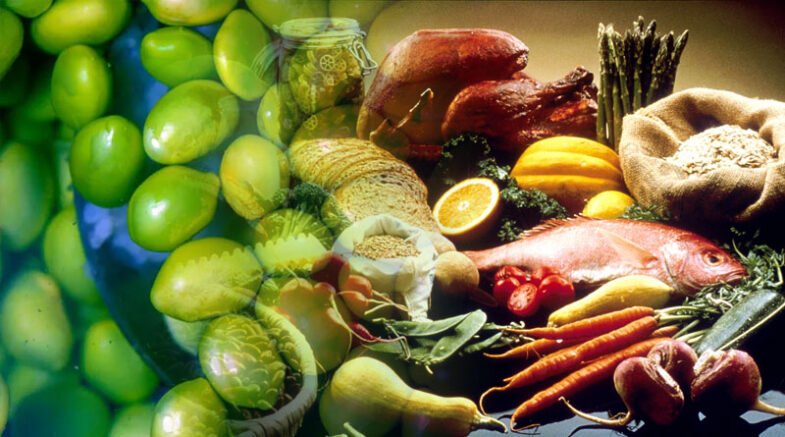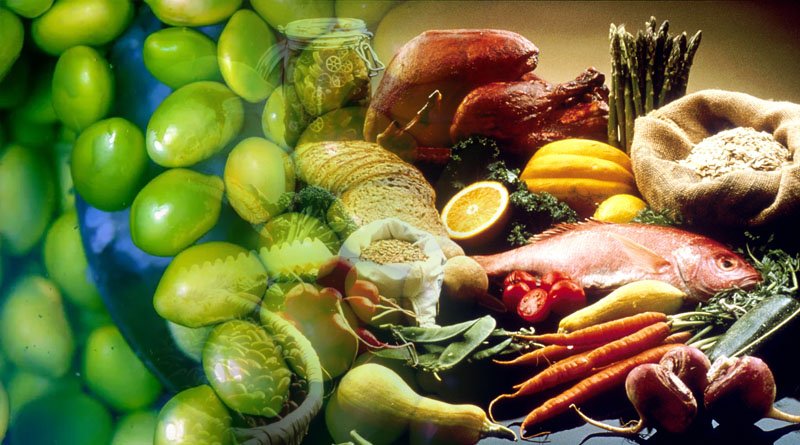The seeds of soybeans contain 18–22% edible oil. It is a yellow vegetable protein grain that originates in China and is spread all over the world.

Soybean is healthy and rich in protein and can be used as a source of nutrition. People can eat it, drink it in milk alternatives, and take it as supplements. It is an annual oilseed crop that is mainly grown for edible seeds.
The seeds of soybeans contain 18–22% edible oil. It is a yellow vegetable protein grain that originates in China and is spread all over the world. Soybeans are the most important bean in the world because they provide vegetable protein for millions of people.
Soybean is a high protein plant food that people eat in a variety of ways. Soybean is present in many colors. It includes:
- Green soybeans
- Yellow soybeans
- Black soybeans
Nutritional value and composition of Soybean:
The leguminous family has more nutritional value, and soybean is a basic part of ménage. The species of the leguminous family possess shrubs, herbs, and trees, but some plants are used as human feed and as fodder for livestock. Legumes are the first plant that is cultivated by mankind, as we, humans, have used it as a staple food since years ago, and it has remained a staple food in the world for many years.
Humans mostly eat food or grain legumes, which include peas, broad beans, soybeans, and peanuts. Legumes are considered an alternative to meat.
Soybean, botanical name Glycine max, is the most important warm season crop. It is not only a source of protein; it is also an oil crop. Due to its high protein content it can used in single or in mixture for livestock as feed.
Soybean, also called “Golden Bean” is used as an important source of food and nutrition for animals and humans. A single seed of soybean contains 40% protein and 21% oil. It also contains phospholipids, vitamins, and minerals. It also contains fatty acids, which vary in type, composition, and distribution and can affect nutritional quality, flavor, stability, and processing characteristics.
Soybeans also contain carbohydrates, which are less important than their protein and oil content. The cultivated soybean consists of the hull, cotyledon, hypocotyl, and plumule. The major part of soybean is protein, which is considered a storage protein. Storage proteins are sources of dietary proteins for humans and animals.
Soybeans also contain fatty acids. There are two types of fatty acids present in it: saturated fatty acids and unsaturated fatty acids. Saturated fatty acids don’t have double bonds in their carbon chains. It includes palmitic and stearic acids. Unsaturated fatty acids have double bonds in their carbon chains. It includes oleic acid, linoleic acid, and linolenic acid.
Soybean and its products worth in human nutrition and health:
We should include soybeans in our diet as a source of nutrition that will prevent us from diseases like heart problems, obesity, and high blood cholesterol. It contains inhibitory activity of the angiotensin 1-converting enzyme that controls water ratio and blood pressure. Soybean is also good for milk allergic newborn babies.
It also protects humans from major diseases like cancer because it contains isoflavones. As soybeans contain unsaturated fatty acids, the presence of these unsaturated fatty acids protects humans from diseases like atherosclerosis and decreases in total and low density lipoprotein cholesterol.
Women who take soybeans in their diet have less risk for breast cancer than those who don’t. Soybean is also corresponding with lesser breast cancer severity.
Uses and benefits of soybean:
In comparison to other legumes, soybean is more important due to its high protein content. It is the most important agricultural export of the United States. It is the source of soy oil, which we use for cooking purposes. When the oil is removed from soybeans, the remaining material is used for animal feed.
In animal feed, soybean meal is used as a major source of protein. Soybean meal is a source of protein, as it contains 480 g of dry matter protein per kilogramme. Soybean is also used for animal feed and is also used for dairy animals as a protein source because it contains crude protein.
In comparison to other leguminous crops, soybean has more health benefits as it is a source of nutrition benefits like,
1. Soybean helps relieve sleep disorders.
2. It helps manage diabetes.
3. It helps improve blood circulation.
4. It helps make healthy bones because it contains a high amount of minerals and vitamin content.
5. It helps for healthy digestion due to dietary fibers in high quantity.
6. It helps with weight management.
7. It contains no fats.
8. It is an excellent source of fiber.
Disadvantages of soybeans:
As much as soybeans are favourable to eat, there are also some negative health effects of consuming them. If men eat a high amount of soybeans, there may be a problem of hormonal imbalance, which can cause infertility and lower the sperm count.
Soybean can also disturb the function of the thyroid gland because it contains anti thyroid compounds, and then it can cause goitre. If we consume soybeans in large amounts, it can cause diarrhoea.
As soybean is a high-fiber crop, it can cause gas and abdominal pain. Apart from negative effects, soybeans are also healthy for millions of people around the world.
Products of soybeans:
From soybeans, we can make many products like bread, pasta, cereals, and buns.
Daily recommendation of soybeans:
According to the FDA, diets should be low in saturated fats and cholesterol. One cup of cooked soybeans contains 30g of protein. So we should eat one or half a cup of soybeans a day in our daily lives.
Conclusion:
The maximum credit for a healthy life goes to suitable ingredients in the diet, and soybeans have an unmatched reputation as a huge source of protein. The purpose of this review is to explain the nutritional importance of soybeans.
This article convey some subjects related to soybean. Overall soybean is supreme source of protein for living things but its use and need is more specific for human health.
